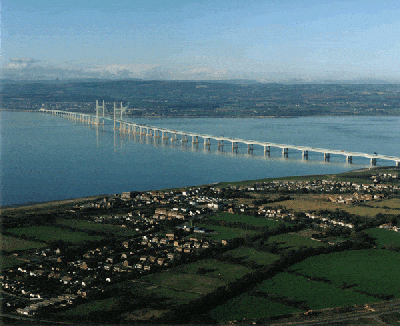When ancient man first decided to leave the confines of his home territory, the biggest single obstacle to his travel would have been a large river. Smaller streams could be forded or swam, while a rudimentary boat could transport one or two people across a bigger river, but getting substantial amounts of people or goods across would require a solid and reliable bridge. Various early civilizations made attempts at constructing bridges that would take the weight of regular traffic and withstand the weather, but the first to achieve this properly were the Romans.
By the first and second centuries AD, Roman engineering was at its peak and impressive bridges were being built all over the empire. There were several key architectural developments that made these possible, with perhaps the most important being the semi-circular arch. The geometry of this shape allowed the weight of the traffic on the bridge to be transferred to the ground via the legs of the arch, thus enabling much larger and heavier constructions than any other design. Other inventions such as cement and concrete allowed the Romans to create extremely strong structures, many of which survive to this day.
After the fall of the Roman empire, there were few new developments in bridge building until the middle ages. Large cities often grew up around key crossing points, which meant that pressure on building land increased as the cities expanded. For this reason, bridges began to become inhabited spaces. Water mills were the obvious choice to be built on a bridge, then houses and commercial premises also sprouted up on these vital river crossings. Perhaps the most famous example is the London Bridge, built between 1176 and 1209. By Tudor times this had over 200 buildings on it, mainly shops. The old London Bridge is no longer there, but the Ponte Vecchio in Florence is still standing and gives an idea (on a smaller scale) of what London’s principal river crossing would have looked like in its heyday.
With the dawn of the industrial age came the iron bridge, made possible by technological advances in large-scale iron and steel production. The first such bridge to be built opened in 1781, spanning the River Severn in England. It still stands today, continuing to impress generations of visitors with its combination of sturdy design and delicate tracery. Since that first metal bridge, bridge-building techniques have flowered into many different forms. Many of today’s largest rivers are crossed by suspension bridges, such as the Akashi Kaikyō Bridge in Japan (opened in 1998), which has a central span of almost one and a quarter miles.

